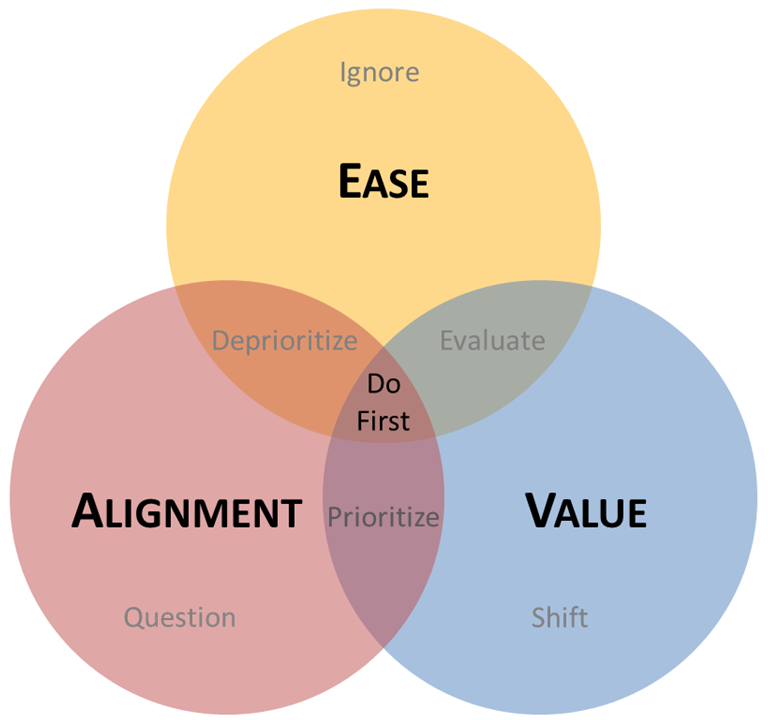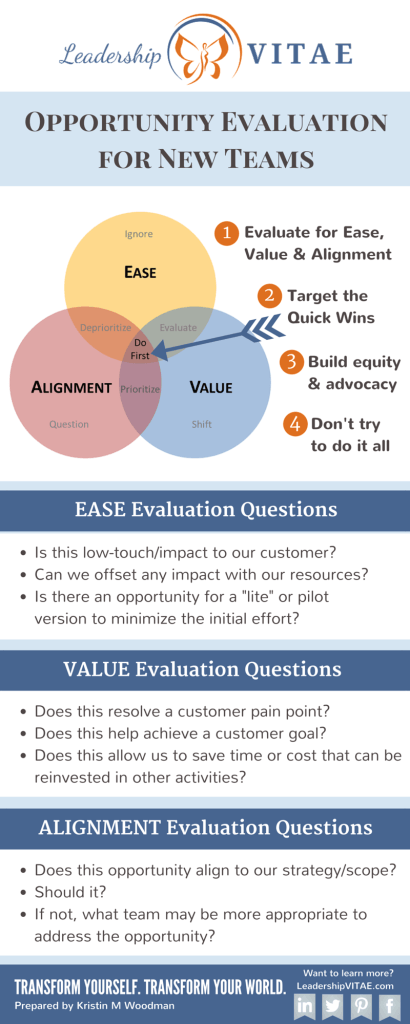The Hero’s Journey
Change Management is focused on transforming what is into what could be. This is very much aligned to the Hero’s journey of preparation, transformation and the return.
- Preparation – Readying for the transformation by obtaining necessary skills, resources, and direction.
- Transformation – Affect the change. Whether it is internal or external, slay the dragons and make the change the new normal.
- The Return – Share learnings to help others in their preparation to easy the journey.
When given a new assignment, we may not have much time to prepare. We may be expected to hit the ground running and immediately demonstrate value.
With no time to prepare, and an uncertain path ahead to the horizon, what can a change leader do to make forward progress?
Every Hero Needs a Mentor
In every hero story, there is a mentor that helps guide the way. In the work environment, there are likely several.
Reach out to people and create relationships. In every organization, there are people we can learn from, happy to help someone along their way. We just need to find them.
In the first two weeks of my current role, I met and spoke to almost 100 people. The first person recommended I speak with two others. They gave me an entrée to a few more. Before I knew it, I had met many of the partners that became critical to my on-going success.
Find people willing to provide insights to customers, products, the organization, or other knowledge gaps. During those discussions, be sure to solicit pain points and opportunities aligned to the aspired transformation. Usually they are happy to offer them, but it never hurts to ask.
Pick a Point on the Horizon
Every transformation has some sort of aspiration or goal in mind. In some cases, it’s to build out an organization dedicated to “x.” In others, it may be to refocus an existing team to some new objective.
Rarely is the aspiration enough to create sufficient clarity to make forward progress. Supplement it with the context, pain points and suggestions made during those early discussions to create a high-level (and flexible) vision on the horizon. It should be focused on delivering value and align to the end goal of the transformation.
With the early conversations complete and high-level vision in hand, it’s time to start making progress. But what to work on first?
Use a Compass Your Guide
For every person we talk to in the early goings of our transformation, there will be dozens of ideas and pain points that are possible efforts to tackle.
Ultimately, we can’t do everything all at once, so we need to evaluate all opportunities across 3 components: EASE, VALUE, and ALIGNMENT. Depending on how the effort falls in each of these areas, we can determine the best course of action.
How do we know if something is Easy, Valuable and/or Aligned? With a few simple questions.
Easy
– Is this low-touch/impact to our customer?
– Can we offset any impact with our resources?
– Is there an opportunity for a “lite” or pilot version to minimize the initial effort?
Aligned
– Does this opportunity align to our strategy/scope?
– Should it?
– If not, what team may be more appropriate to address the opportunity?
Valuable
– Does this resolve a customer pain point?
– Does this help achieve a customer aspiration or goal?
– Does this allow us to save time or cost that can be reinvested in other activities?
Find Partners for the Journey Ahead
Delivering early value will build equity and advocacy with those who we engaged at the beginning of our endeavor.
Transformative change requires adjustment by everyone impacted, and that is not always easy to navigate. However, those early advocates can help bring others to the cause.
Building equity is like investing in a bank account. By creating value for our advocates, it sets the stage for asking for assistance later, when the difficult or unexpected occurs.
How do we build equity and advocacy? Through quick wins.
Pick a Direction and Move Forward
In every change journey, implementing quick wins is a critical strategy. Not only does it build equity and advocacy, but it builds confidence and trust in the hero (aka our Change Leader).
Quick wins are those items that are Easy, Valuable, and Aligned to our effort. They have a high amount of all three components and are our “Do First” actions.
We may identify several possible quick wins, so consider the mentors that helped identify those opportunities. If there are challenging times ahead with particular teams, building early advocacy in those teams would be a good initial focus.
Once we get some quick wins under our belt, or concurrently to start making traction, we need to plan out how to deliver our remaining Valuable and Aligned work. These efforts should be considered a priority as we map out our journey.
Double-Check Your Compass
If we ask for input, we’ll receive it. Potentially a lot of it. Unfortunately, not all of it will be possible, and not all of it should be done. In the world of limited time, people and financial resources, what can go?
Anything that’s not Aligned to our effort should be evaluated, questioned, ignored or shifted. If it’s Easy and Valuable, for example, we may want to do it anyway to build equity and advocacy.
For more difficult Valuable, but not Aligned work, the best course of action is to find the appropriate project, team or organization to shift the work. We shouldn’t ignore it – the effort still has value.
The same consideration should be made for any effort that is not Valuable, but is Aligned. We may have to undertake necessary, non-value add activities. However, unless they are dependencies for our Valuable activities, these should be questioned and/or deprioritized in our plan.
Make the Journey
Not all work is created equal. We always have limited people, time, and financial resources to get the job done.
Establishing early relationships allows us to identify the potential opportunities as part of our change journey. A consistent approach to evaluating and prioritizing those opportunities keeps the team focused on delivering value early and often.
Ultimately, a value-focused approach is what allows us to successfully complete the transformation, and share our learnings with the next hero as she prepares for her journey.
Does this approach resonate? What are your techniques to identify where to get started on a new endeavor? I’d love to hear your feedback in the comments.
Here is an infographic of the evaluation process for your reference. I hope you find it useful to keep these concepts readily available as you navigate your own change journey.










